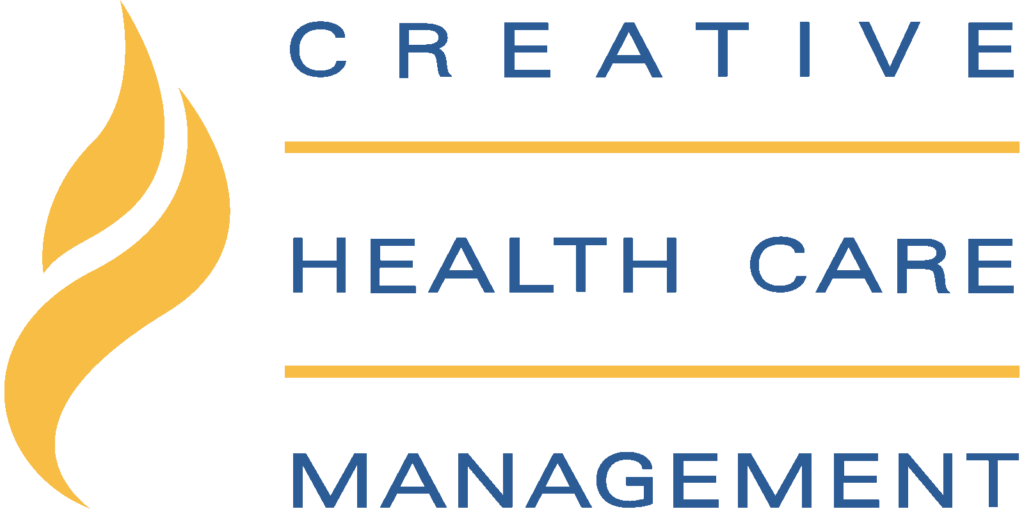Assessing the Current State
In the wake of the pandemic’s disruptions, many organizations experienced a lull in workforce participation. The engagement levels within organizational councils or committees naturally fluctuated. Now, as we emerge from the pandemic’s aftermath, the question arises: How do we reinvigorate these essential teams?
The starting point lies in acknowledging our current state and embracing the opportunity for renewal. Conducting a thorough assessment of the current level of engagement and participation helps identify areas that need attention. This evaluation can include surveys, feedback sessions, and performance reviews to gauge the extent of disengagement and understand the underlying causes.
Aligning Efforts with Mission, Vision, and Values
To reinvigorate workforce participation, it is crucial to align the efforts of councils and committees with the organization’s mission, vision, and values. This alignment serves as the compass guiding their work towards meaningful outcomes. Communicating the organization’s goals and how each team’s efforts contribute to achieving these goals can reignite a sense of purpose among team members.
When individuals understand how their contributions fit into the larger picture, they are more likely to feel motivated and engaged. Regularly revisiting and reinforcing this alignment through meetings, communications, and strategic planning sessions ensures that everyone remains focused and committed.
Nurturing a Culture of Education and Inclusivity
An essential aspect of revitalization involves nurturing a culture of education and inclusivity, especially for new staff, nurses, and emerging leaders. Providing comprehensive orientation on council and committee structures, clarifying their purpose, and emphasizing their significance fosters a sense of ownership and commitment.
Some organizations offer ongoing education sessions, ensuring that as new members join or assume leadership roles, they are equipped with the knowledge and understanding to excel. This continuous learning environment helps build confidence and competence, enabling individuals to contribute effectively to the team’s success.
Empowering Teams Through Continuous Improvement
The journey towards reinvigorating councils and committees is about continuous improvement. It’s about embracing change, fostering a culture of learning, and empowering every team member to contribute meaningfully towards the organization’s collective goals. Implementing regular feedback loops, recognizing achievements, and addressing challenges promptly are key components of this continuous improvement process.
Encouraging innovation and allowing teams the autonomy to experiment with new ideas can lead to fresh perspectives and enhanced engagement. Providing the necessary resources and support for these initiatives further empowers teams to take ownership of their projects and drive positive outcomes.
Fostering Engagement and Collaboration
As we embark on this journey, it’s essential to seize the opportunity to reignite the spirit of engagement and collaboration that propels us toward excellence. Creating opportunities for team-building activities, cross-departmental projects, and open forums for idea-sharing can enhance camaraderie and mutual respect among team members.
Regularly celebrating successes, both big and small, helps maintain morale and reinforces the value of each individual’s contributions. By fostering an environment where everyone feels valued and heard, organizations can build a resilient and engaged workforce ready to tackle future challenges together.
In conclusion, revitalizing workforce participation post-pandemic requires a multifaceted approach that includes assessing the current state, aligning efforts with organizational goals, nurturing a culture of education and inclusivity, empowering teams through continuous improvement, and fostering engagement and collaboration. By implementing these strategies, organizations can reignite the spirit of engagement and drive toward collective excellence.
Marky has expertise in aligning people and processes, identifying emerging issues, and assessing the effectiveness of organizational interventions. The result: enduring measurable improvement. Marky uses her deep health care experience along with evidence-based practices to co-create a customized improvement plan with clients.





